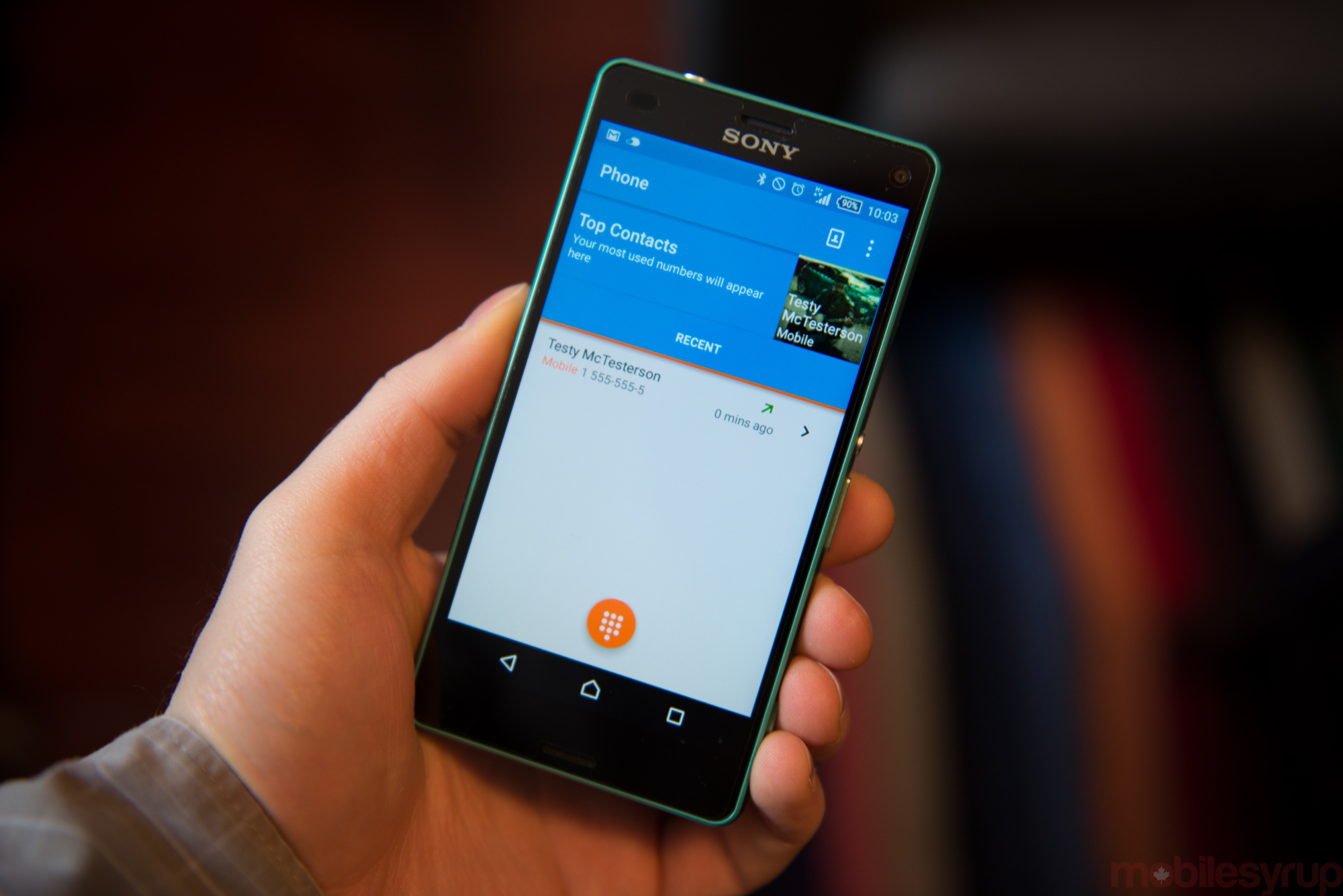
Where do you begin writing about a product that, an aberration today, was representative of the norm just two, three years ago? Simply, by explaining its objective benefits, despite the quickly-changing tide of consumer preference.
Even as smartphones have increased in size, human hands haven’t; there is a clear limit to the dexterity of the thumb, and despite attempts from clothing designers, only so much room in a pocket. With the average smartphone sizing rising to phablet proportions, making wearables like smartwatches more of a necessity than ever, it’s incumbent on us to find the best smartphone experiences for those not looking for the largest screens, without sacrificing much else.
With this in mind we take a look at likely one of the only tenable options for a user with this goal: the Sony Xperia Z3 Compact. With the arrival of the Xperia Z4, all eyes are going to be on Sony’s future, but its present is still intriguing, as much for its missteps as its accomplishments.
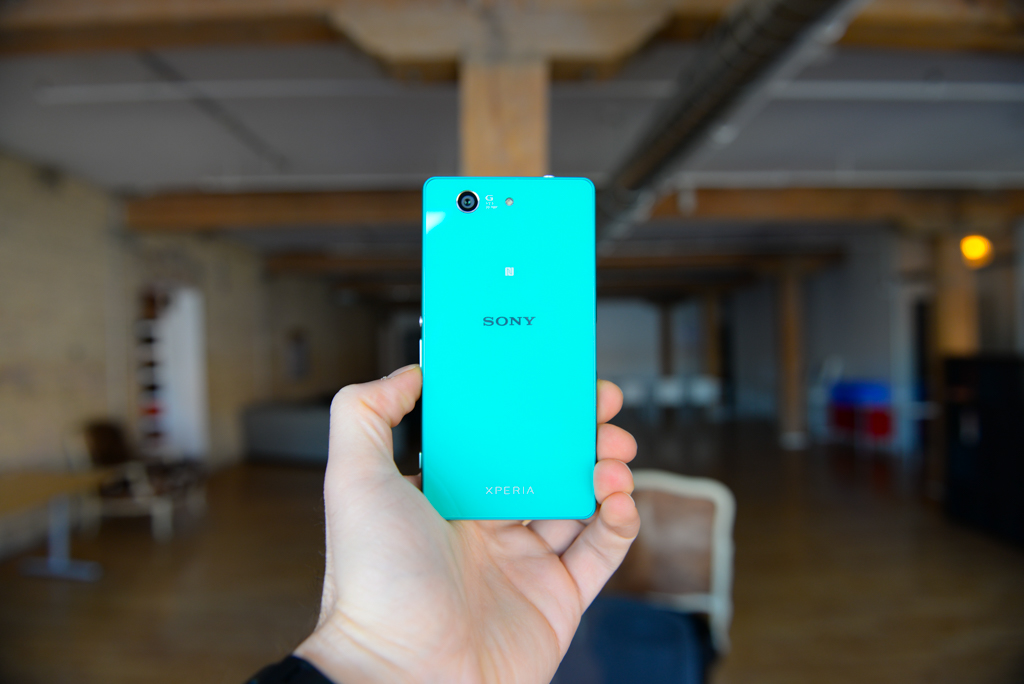
When I purchased the Xperia Z3 Compact back in November, shortly after its release in Canada, Sony was being torn apart, in myriad physical and psychological ways, by a hack that brought down its entire entertainment division. Shortly afterwards, at CES, Sony CEO Kazuo Hirai, admitted that the company has been going through a transitional phase, led less by traditional market leaders like mobile devices and more by its PlayStation and imaging divisions. Sony has been having a rough time of late, and its recent smartphones exemplify that struggle.
But what is to blame: consumer fickleness, or the company’s own inertia? Like HTC, Sony’s mobile devices have been stuck in what seems like a temporal design vortex, where innovation has become more about shaving millimetres using a sous knife rather than taking big chops at the meat of a problem. (That was a terrible analogy, my apologies.)
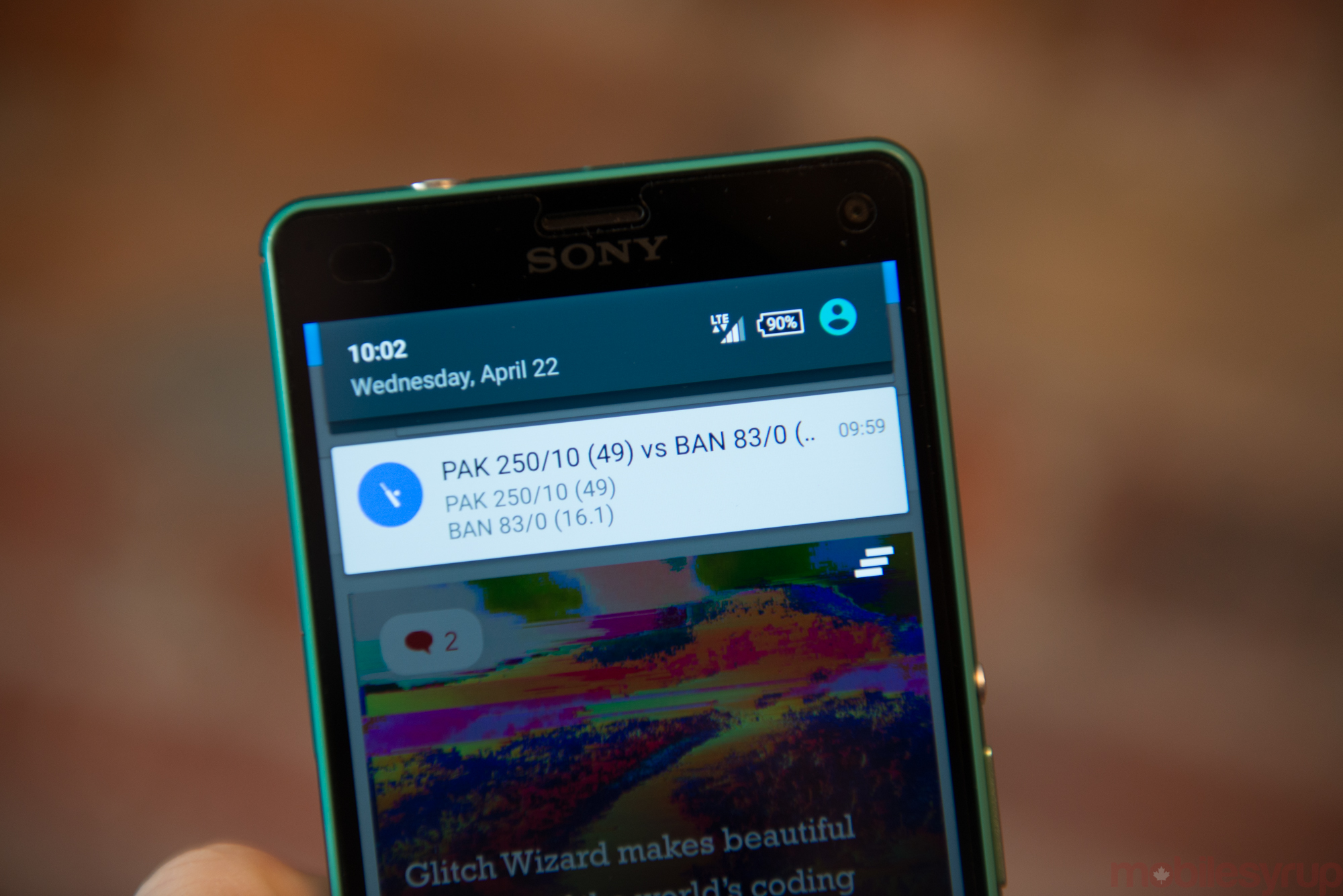
Is there a problem with Sony’s mobile products? Every generation gets thinner, lighter and more powerful, with the kinds of features that consumers, once in-hand, appreciate. I can only speak for myself, but the Xperia Z3 is a far better device than its predecessor, despite the lack of major enhancements. Sony’s update process exemplifies the type of phase-based planning that goes into creating smartphones these days, where commoditization has wrecked innovation. Phones are good enough, even at the low end, and it’s becoming increasingly difficult to make nimble, large-scale changes in the high end.
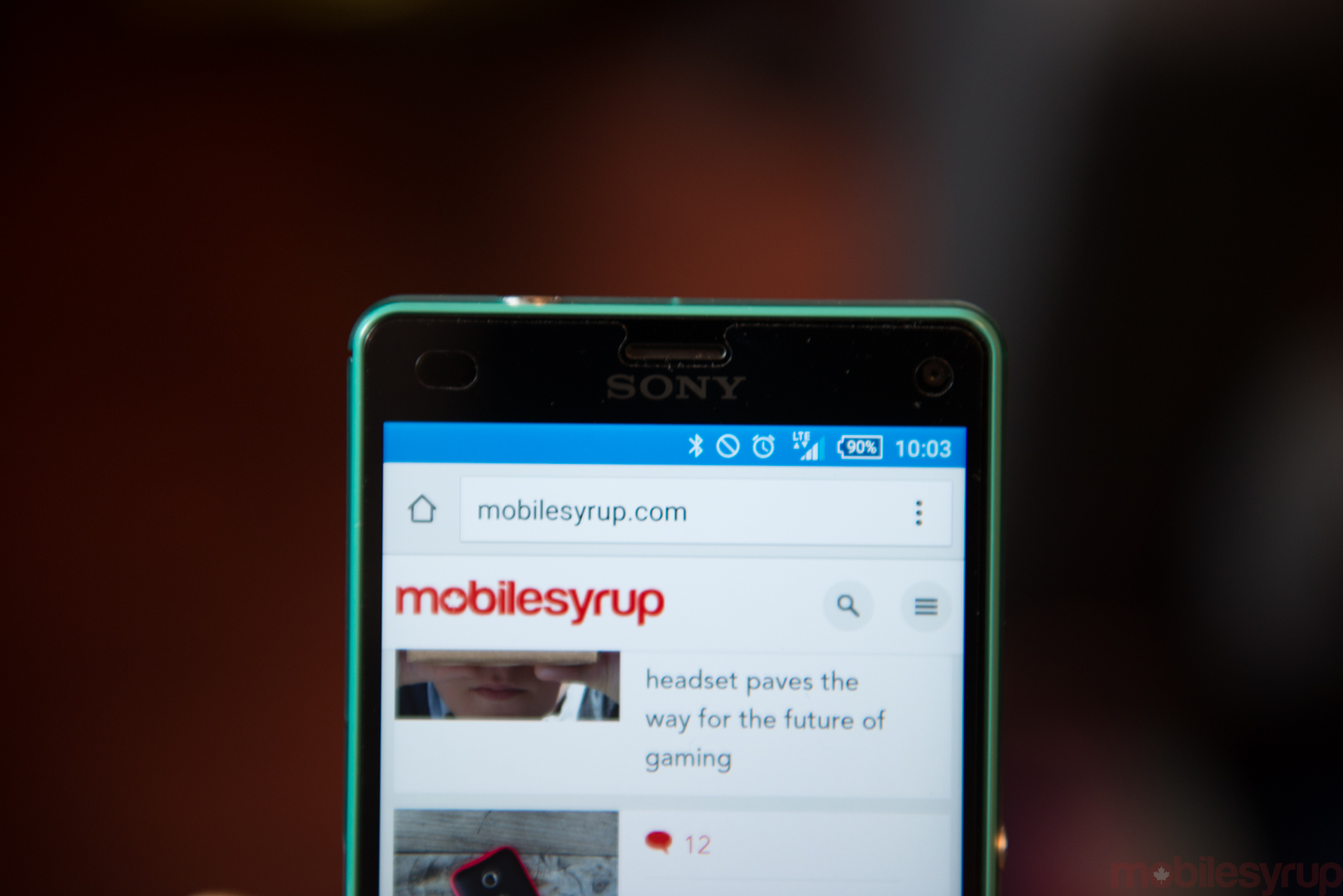
That’s what I’ve been so impressed with the Xperia Z3 Compact. It does not sacrifice much for its size, and like a Muggsy Bogues actually uses it to its advantage.
I barely picked up the device for any length of time until recently, when it was updated to Android 5.0.2 Lollipop. Sony turned its disaster of a design language into something more akin to Google’s stock version of Android, making the product far more enjoyable to use in the process. It also enabled a critical feature for a phone with just 16GB of storage: the ability to move entire apps to external storage.
But let’s back up for a second. I needed to know whether the enjoyment of using the phone was just a side effect of having handled phablets for the past year or so, akin to a baseball doughnut lifted before an at-bat. I decided to pair the Xperia Z3 Compact with the reasonably-sized Galaxy S6, one in the right pocket, the other in the left, to determine which one felt more immediately enjoyable to use. Other than the occasional phone call and text message, both phones offered the same notifications and proffered the same apps and services.
For days I did this, switching up the device with others – iPhone 6, iPhone 6 Plus, LG G3, OnePlus One, even Sony’s own Xperia Z3 – and, time and time again, I returned to the Xperia Z3 Compact. The benefit of being able to use the phone in its entirety, not just an approximation of it, with one hand, was revelatory. And it was only when opening up my ebook app, which was rare (I use a Kobo Glo HD to read books) that I felt constrained by the device’s screen size.
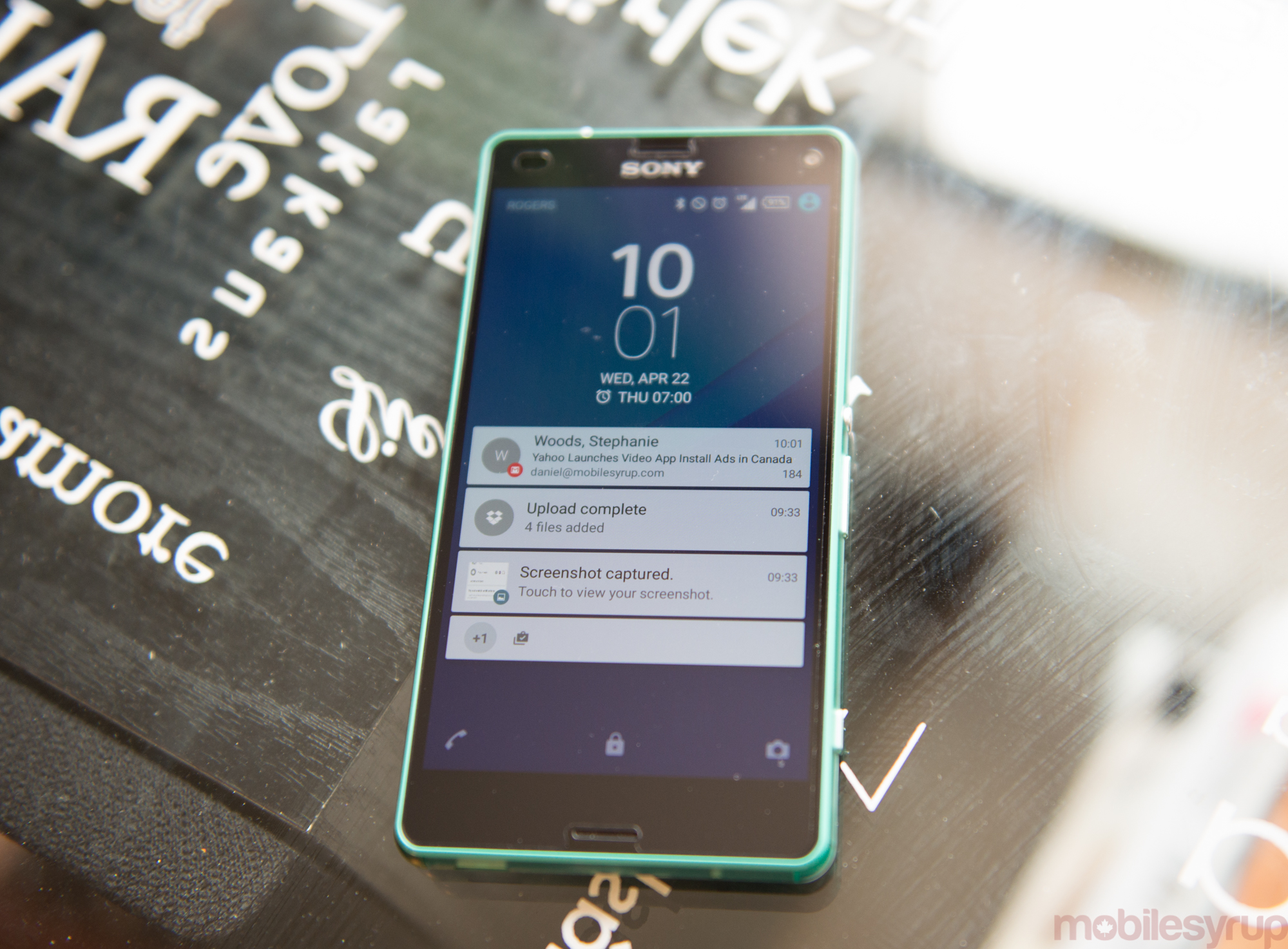
Then why has the industry formed the opinion that bigger phones are objectively better? Why has the “mini” brand become synonymous with compromise?
I think about the iPhone 6, and how Apple arrived at its 4.7-inch screen size. The company, which sold 75 million phones in the previous quarter, must have experimented with various dimensions and resolutions, but settled on the 4.7-inch 326 ppi panel for its best-of-both-worlds reality. But even the iPhone 6 poses a problem in the vertical: its home button necessitates a device that is both taller and slightly wider than the Xperia Z3 Compact, and its extremes are often difficult to reach without readjustment.
Sony also created a waterproof phone, which, during the recent rainy season, has been more than a little handy. I listen to music when I walk, and I walk a lot. Being able to replace the phone from my pocket without fear of injury is a tangible benefit; spilling Alfredo sauce on it, as I did while referring to a recipe this past weekend, was solved by a short salve under the sink.
The company also serves parts of the smartphone community that are traditionally undervalued: the company makes connectivity with other devices a priority (mainly its own, but still) and its support of high-quality sound codecs reinforces its commitment to music. There’s PS4 Remote Play, a value add for a growing number of PlayStation owners. I even don’t have a problem with Sony’s bizarre insistence on colouring the notification panel blue for any app that doesn’t support Lollipop’s colour-matching value. And despite my concerns with the Z3 family’s camera, the Compact takes great pictures most of the time. It’s not Galaxy S6 good, but it’s better than 95% of the other devices on the market.
There is something marvellously refreshing about discovering a piece of technology that works right for you. Since the Z3 Compact received Lollipop, it has been running smoother, lasting longer and taking better photos than before, marks it already hit with aplomb on KitKat. Sony took its time ensuring that it implemented Android 5.0 in a way that reflected its own (receding) internal culture while simultaneously honouring Google’s Material Design philosophy.
That is why its niche place in the market is so frustrating, since I believe sub-4.7″ flagships to be a dying breed, an anachronism floating away on the waves of a market caught up in specs. That 2015 appears to be the first year flagship devices aren’t getting bigger gives me some hope, but I don’t see the trend reversing, just slowing.
Sony did a good job with the Xperia Z3 Compact. It’s the right size, with the right specs for today, and likely tomorrow, and enough winning features to sway even the biggest skeptic. Its diminutive size is an asset, and its existence a boon to the market in general.
MobileSyrup may earn a commission from purchases made via our links, which helps fund the journalism we provide free on our website. These links do not influence our editorial content. Support us here.


